Nationality German | Name Wolf Vostell | |
 | ||
Died April 3, 1998, Berlin, Germany Books Berlin and phenomena, Miss Vietnam: And Texts of Other Happenings Children David Vostell, Rafael Vostell Similar People | ||
Education Kunstakademie Dusseldorf | ||
Wolf vostell joseph beuys nam june paik charlotte moorman 1966
Wolf Vostell (14 October 1932 – 3 April 1998) was a German painter and sculptor, considered one of the early adopters of video art and installation art and pioneer of Happening and Fluxus. Techniques such as blurring and Dé-coll/age are characteristic of his work, as is embedding objects in concrete and the use of television sets in his works.
Contents
- Wolf vostell joseph beuys nam june paik charlotte moorman 1966
- Wolf vostell wdr dokumentation k ln 1968 hq stereo
- Biography
- Wolf Vostell Archive
- Selected works
- Selected exhibitions
- Quotes
- Honors
- References
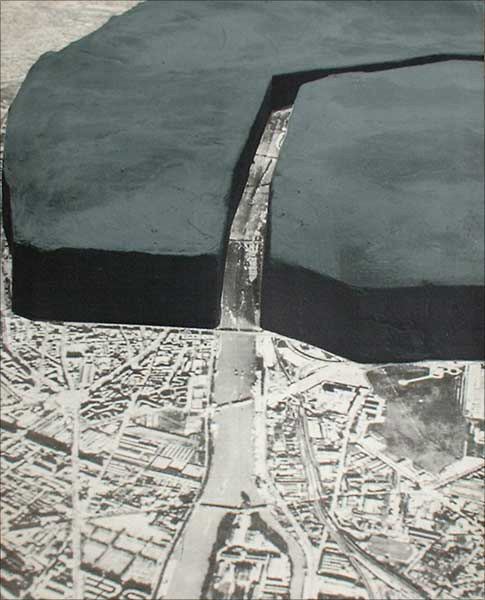
Wolf vostell wdr dokumentation k ln 1968 hq stereo
Biography
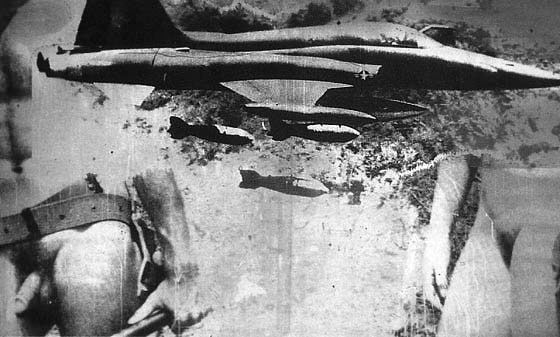
Wolf Vostell was born in Leverkusen, Germany, and put his artistic ideas into practice from 1950 onwards. In 1953, he began an apprenticeship as a lithographer and studied at the Academy of Applied Art in Wuppertal. Vostell created his first Dé-collage in 1954. In 1955-1956, he studied at the École Nationale Superieur des Beaux Arts in Paris and in 1957 he attended the Düsseldorf Academy of Arts. Vostell's philosophy was built around the idea that destruction is all around us and it runs through all of the twentieth century. He used the term Dé-coll/age, (in connection with a plane crash) in 1954 to refer to the process of tearing down posters, and for the use of mobile fragments of reality. Vostell’s working concept of décollage is as a visual force that breaks down outworn values and replaces them with thinking as a function distanced from media.
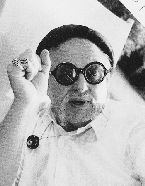
His first Happening, Theater is in the Street, took place in Paris in 1958, and incorporated auto parts and a TV. In 1958, he took part in the first European Happening in Paris and he produced his first objects with television sets and car parts. He was impressed by the work of Karlheinz Stockhausen, which he encountered in 1964 in the electronic studios of the German radio station WDR, and in 1959 he created his electronic TV Dé-coll/age. It marked the beginning of his dedication to the Fluxus Movement, which he co-founded in the early 1960s. Vostell was behind many Happenings in New York, Berlin, Cologne, Wuppertal and Ulm among others. In 1962, he participated in the Festum Fluxorum, an international event in Wiesbaden together with Nam June Paik, George Maciunas. In 1963 Wolf Vostell became a pioneer of Video art and Installation with his work 6 TV Dé-coll/age shown at the Smolin Gallery in New York, and now in the collection of the Museo Reina Sofía in Madrid. The Smolin Gallery sponsored two innovative Wolf Vostell events on TV; the first, Wolf Vostell and Television Decollage, featured visitors to the gallery who were encouraged to create poster art on the walls. In 1967 his Happening Miss Vietnam dealt with the subject of the Vietnam war. In 1968, he founded Labor e.V., a group that was to investigate acoustic and visual events, together with Mauricio Kagel, and others.
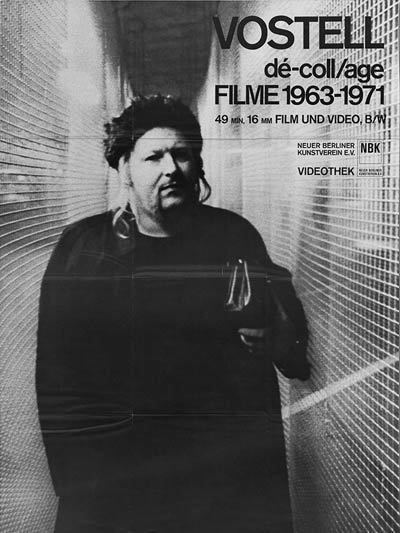
Wolf Vostell was the first artist in art history to integrate a television set into a work of art. This installation was created in 1958 under the title The black room is now part of the collection of the art museum Berlinische Galerie in Berlin. Early works with television sets are Transmigracion I-III from 1958 and Elektronischer Dé-coll/age Happening Raum(Electronic Dé-coll/age Happening Room) an Installation from 1968. In 1974, his first major retrospective took place in the ARC 2 at the Musée d'Art Moderne de la Ville de Paris, an expanded version of which was shown at the Neue Nationalgalerie, in 1974.
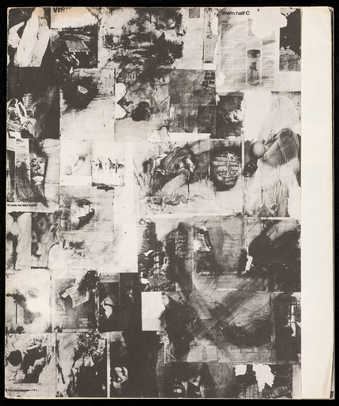
Vostell’s automobile-concrete-sculptures made from cars and concrete are to be found in Cologne Ruhender Verkehr (Stationary traffic) from 1969, in Berlin Zwei Beton-Cadillacs in Form der nackten Maja (Concrete Cadillacs) from 1987 as well as VOAEX (Viaje de (H)ormigón por la Alta Extremadura) from 1976 in the Museo Vostell Malpartida in Malpartida de Cáceres, Spain and Concrete Traffic from 1970 in Chicago.
Vostell also gained recognition for his drawings and objects, such as images of American B-52 bombers, published under the rubric "capitalist realism" and as a result of his inclusion of television sets with his paintings. Nam June Paik and Vostell were both participants in the Fluxus movement and the work of both artists involved a critique of the fetishization of television and the culture of consumption. The catalogue raisonné of his screen prints and posters has been published in the Nouvelles de l'estampe by Françoise Woimant and Anne Moeglin-Delcroix in 1982.
In 1992, the town of Cologne honoured Vostell with a major retrospective of his work. His pieces were distributed over 6 exhibition venues: Stadtmuseum Köln, Kunsthalle Köln, Rheinisches Landesmuseum Bonn, Kunsthalle Mannheim, Schloss Morsbroich Leverkusen and Städtisches Museum Mülheim / Ruhr. Under the artistic direction of David Vostell, the documentary Vostell 60 - Rückblick 92 (Vostell 60 - Review 92) was created.
Vostell's grave is at the Cementerio Civil de la Almudena in Madrid.
Wolf Vostell Archive
At more or less the same time, Vostell founded the Vostell Archive. With great fervour and strict consistency, Wolf Vostell collected photographs, artistic texts, private correspondence with colleagues such as Nam June Paik, Allan Kaprow, Dick Higgins and many others, as well as press cuttings, invitations to exhibitions and events or books and catalogues which document wolf Vostell's work and that of his contemporaries. His private library with more than 6000 books has formed part of the Archive. Wolf Vostell’s extensive oeuvre is documented in photographic form and makes up part of the archive. About 25000 documents from four decades make the Vostell Archive a treasure of art history. Since 2005 the archive has been housed in the Museo Vostell Malpartida and is available to art historians, journalists and authors.
